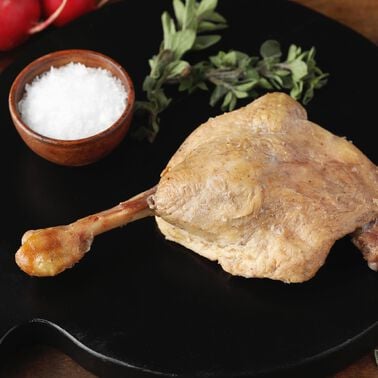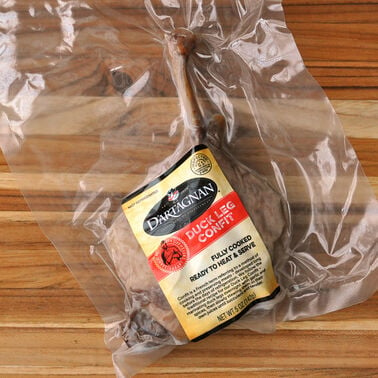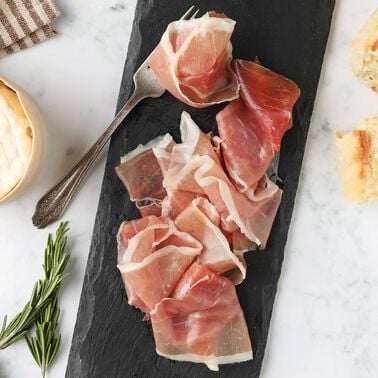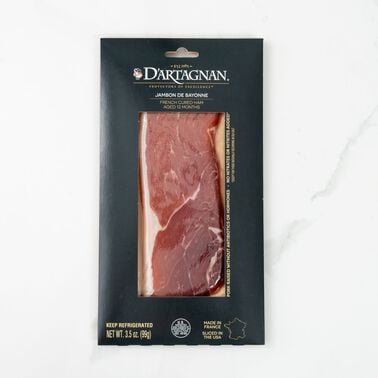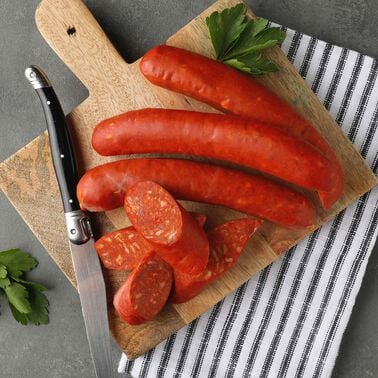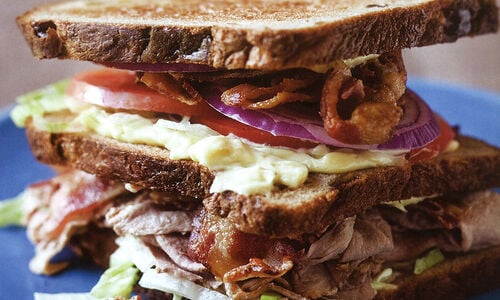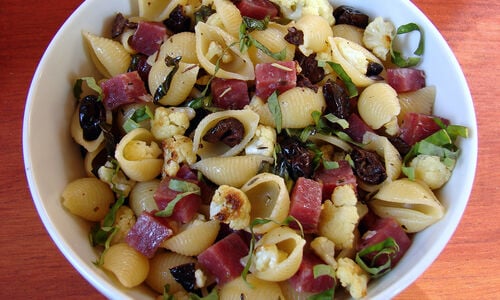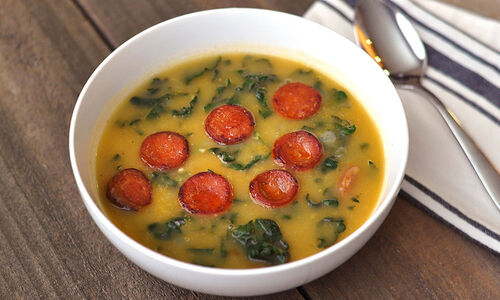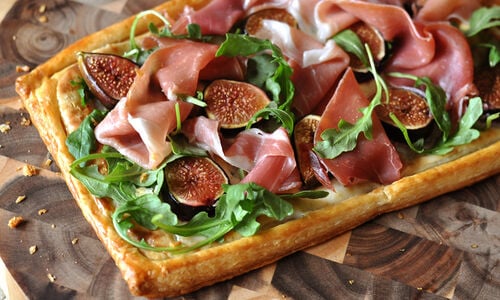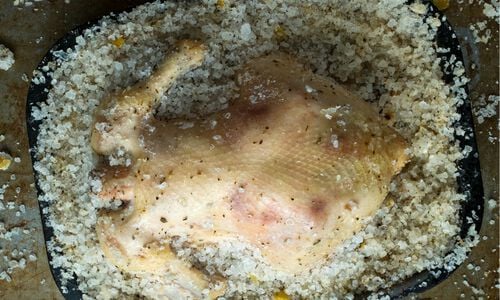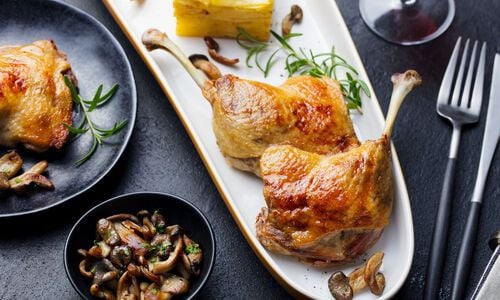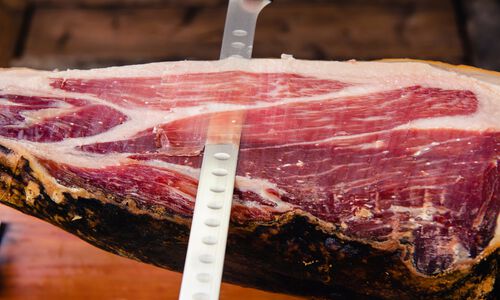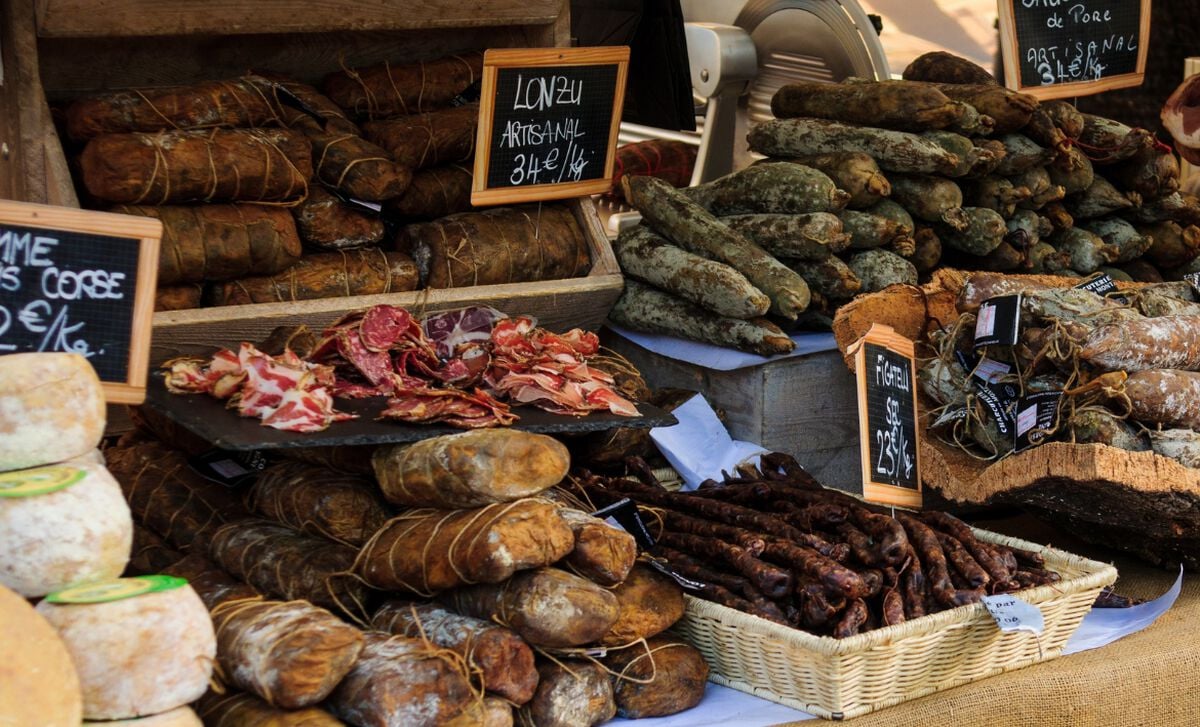
For example, consider sauerkraut. This humble marriage of sliced cabbage, salt, spices, and time has not only ensured for millennia that the fall cabbage harvest stays edible and palatable all winter long but that those who eat it stay healthy as well, thanks to beneficial bacteria and increased vitamin C levels.
Initially, food preservation was done in the home. Knowing how to smoke, cure, dry, ferment, salt, pack in fats or oils, preserve with sweeteners, pickle, and steep in alcohol were abilities elemental to survival. In recent years, these food preservation skills have become the domain of artisans and food manufacturers, though they’re also experiencing a revival on an individual level.
Smoking, Curing and Drying
These three techniques are all designed to in some way remove water from food, in order to stave off the growth of bacteria and slow down the degradation process. When food is smoked as a way of preservation, it is typically done with the combination of smoke and heat. There are other forms of smoking, and while they can add a great deal of flavor and interest, they aren’t as effective as preservation methods.
The reason that drying and curing are such useful natural preservatives is that yeast, bacteria, and mold need moisture to grow. If you remove the water from a piece of food, you’ve effectively made it impossible for those microorganisms to thrive. The more water you remove, the hardier the food becomes.
Smoking, curing and drying also happen to add a great deal of flavor when done well. In addition to giving something a smoky taste, drying and curing can concentrate the natural flavors of the food being processed, making them highly sought after. Make sure to take a look at D’Artagnan line of smoked and dry-cured meats to sample some items preserved in this manner.
Fermentation
Though most people don’t think about it often, much of what we eat has been fermented. The list includes yogurt, cheeses, vinegar, beer, bread, wine, soy sauce, deli-style dill pickles, salami, and cured meats like salami, chorizo, and pepperoni. It works by transforming the sugars in the foods into acidic compounds that enhance flavor and aid in preservation. In many cases, the fermentation process also increases the availability of vitamins and nutrients in the food and makes it more easily digestible.
Salting
Salting or salt-curing is another method for removing the water from food so that it is resistant to molds, bacteria, and yeasts. Salt has the ability to draw moisture from just about anything and so becomes an effective preservative. D’Artagnan’s Jambon de Bayonne is an excellent (and delicious) example of a salt-cured product.
Preserving with Fats and Oils
Fats and oils are another medium that both repel water and create an effective seal against the onslaught of microorganisms. Traditional methods include rillettes, in which you cook meat or fish with additional fat and then roughly blend them together and confit, which has you submerge cuts of meat in a fat or oil bath and slowly poach them until totally tender. If these products are then sealed in fat, they can last for several months.
Preserving with Sugar
One of the more common and accessible preservation methods for the home cook, preserving with sugar means simply to either cook chopped seasonal fruit with sugar until it is thickened and jammy or pack washed fruit into clean jars, cover with a sugar syrup, and then seal.
Pickling
So much of safe preservation has to do with managing oxygen, water, and acid. Submerging food in vinegar effectively addresses all three. Nearly any fruit or vegetable can be pickled and in many cases, the addition of a vinegar-based brine greatly improves the flavor of the pickled item.
Preserving with Alcohol
Alcohol is both highly acidic and inhospitable to bacteria, mold, and yeast. That makes it an ideal preservation medium for many of the same foods that a vinegar brine works well with. One popular way to use alcohol as a preservative is through the tradition of the rumtopf or Bachelor Jam. Essentially, it’s a jar or stone crock into which seasonal fruit is layered and then covered with some sugar and rum or brandy. Allowed to sit for several months, the fruit infuses the alcohol with its flavor and takes on the taste of the booze as well.
